Having a Party? Protect Your Carpeting
- By Admin
- •
- 14 Apr, 2018
- •
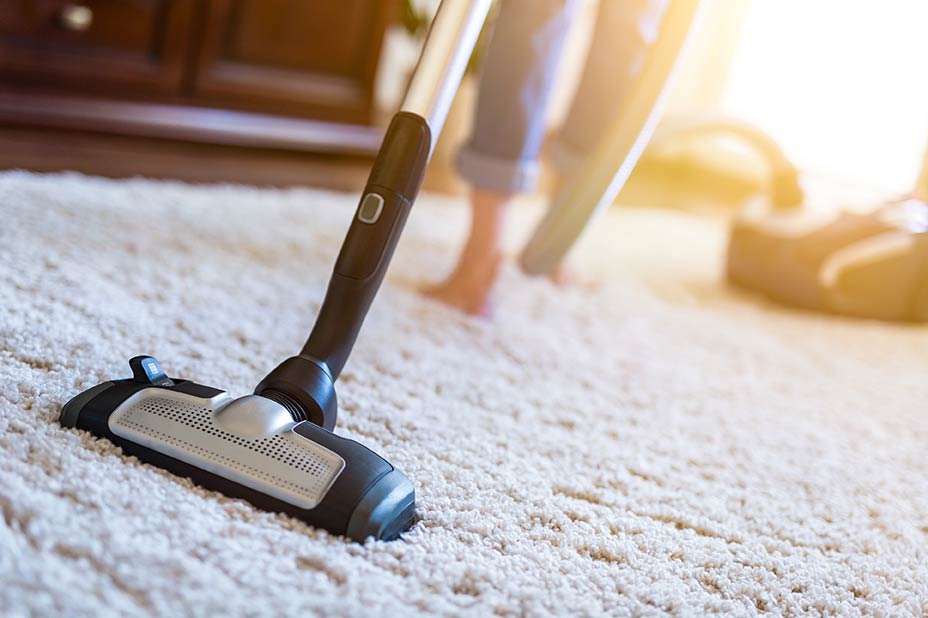
Parties can be a lot of fun, but they can also wreak havoc on your carpets. Fortunately, with a little preparation on your part, you can protect your carpets from party-related stains. These tips will help protect your carpet while you enjoy a fun time with friends.
Lay Down Runners and Extra Mats
Lay down extra mats at the door where your guests will be entering your home. If possible, place mats in front of the door and just inside the door. Put up a cute sign on the wall to remind people who enter to wipe their feet.
Also, consider laying down clear carpet runners in high-traffic areas to prevent foot traffic from grinding dirt into the floor. Or request that all guests remove their shoes in the entryway.
Think Twice About Serving Dark Red Foods and Drinks
Dark red foods and drinks like red wine, beets, and tomato sauce can all stain your carpet if something gets spilled. If you can avoid serving dark red foods and drinks altogether, then you may be able to save your carpet from a hard-to-remove stain. If you feel that you must serve red wine or a meal with tomato sauce, consider moving your party outdoors where it won't matter as much if people have accidents and spills.
Keep the Party Contained
Keep your party contained to a small area in your home. Doing this gives you less to clean up when the event is over. Close doors to guest rooms, bedrooms, and other parts of the house where partygoers have no reason to go.
Set Out Garbage Cans in Every Room
Make it easy for guests to throw away trash by placing trash cans in each room. This simple action helps ensure that people will dispose of their unwanted food rather than leave it in a place where it could make a mess.
Use disposable cups and plates so that your guests will be able to throw away food and drinks they don't want.
Stain Guard Before Your Party Begins
Homeowners can easily apply a typical stain guard to their carpets. You can buy a can of your preferred brand at a local home improvement or hardware store. Follow the instructions and give yourself adequate time to apply the stain guard. Many formulas require that the carpet be left to dry for several hours after the product is applied.
Check the Carpet for Stains Once Guests Have Left
Once the guests are gone, check the carpet for stains. If you happen to find any stains, treat them right away to make the cleanup job easier. Dab gently at stains with a rag. Do not rub the stains as this will cause them to spread.
To clean up red wine, mix one tablespoon ammonia with one cup of water to clean the stain, unless the carpet is made of wool. If the carpet is made of wool, mix mild detergent with water. To clean up mud on any type of carpet, use nonbleach detergent mixed with water.
Schedule a Cleaning Immediately After Your Party Ends
Even if you are able to spot treat the worst stains in your carpet, you may still need a carpet cleaning after the party is over. Contact a reputable carpet cleaning service in your area. If there are any stains on your carpet that you aren't able to treat, tell your carpet cleaning service when you schedule the appointment.
If you have more questions about how you can protect your carpet during a party, contact AAA Carpet Care for advice and high-quality cleaning services. We're happy to help!
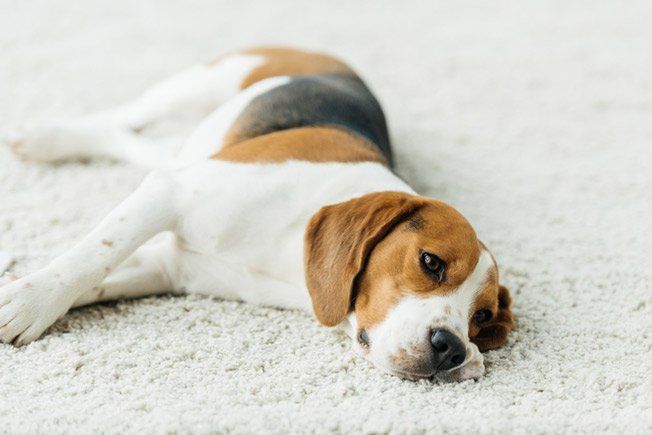

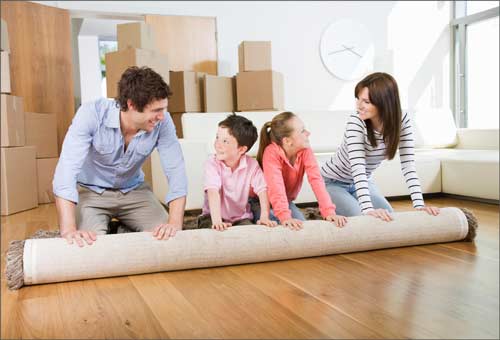
What should you do about your new home's worn and dirty carpeting? You have two options: clean the carpets or replace them. If you need help deciding, take a look at what you need to know about cleaning your new home's carpets versus replacing them.
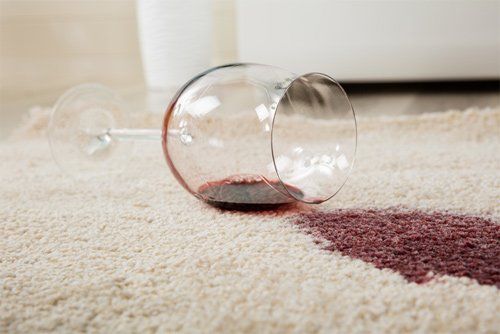
Wine
Nail Polish
Permanent Marker
Blood
Cigarette Burns
Glue

You Remove Harmful Bacteria From the Home
- E. coli
- Salmonella
- Staph
You Remove Irritating Allergens
You Get a Jump-Start on Home Maintenance
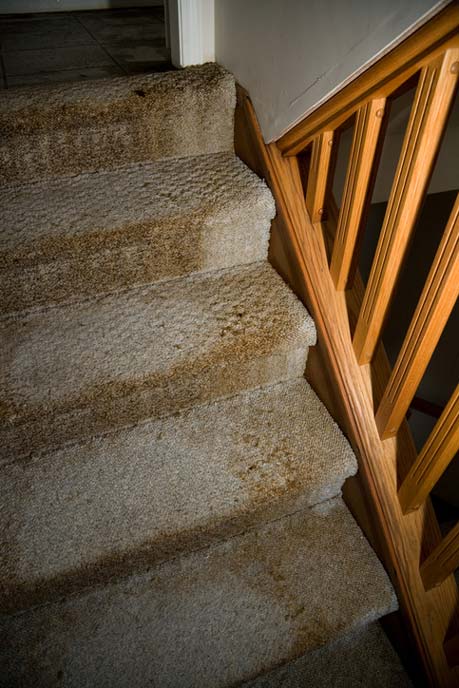
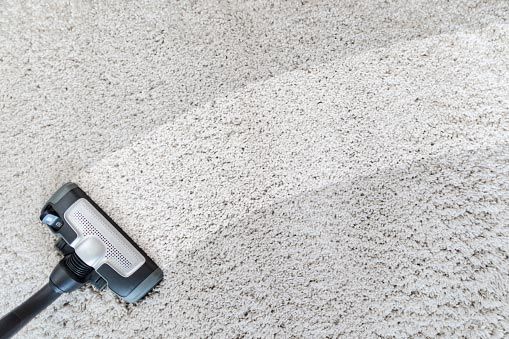
Dust Your Room
Prepare the Room
Prepare the Vacuum
Vacuum the Furniture
Vacuum the Edges and Corners of the Room
Vacuum the Carpet Horizontally
Vacuum the Carpet Vertically
Use Carpet Freshener
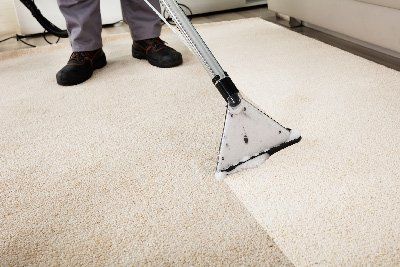

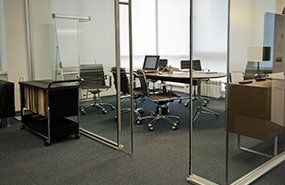
While keeping commercial carpets clean can seem like a never-ending chore, the effort is worth it since clean flooring helps to keep allergies and illnesses down while maintaining a business's positive reputation in the community. Use these tips to maintain commercial carpets to extend their life and appearance.






